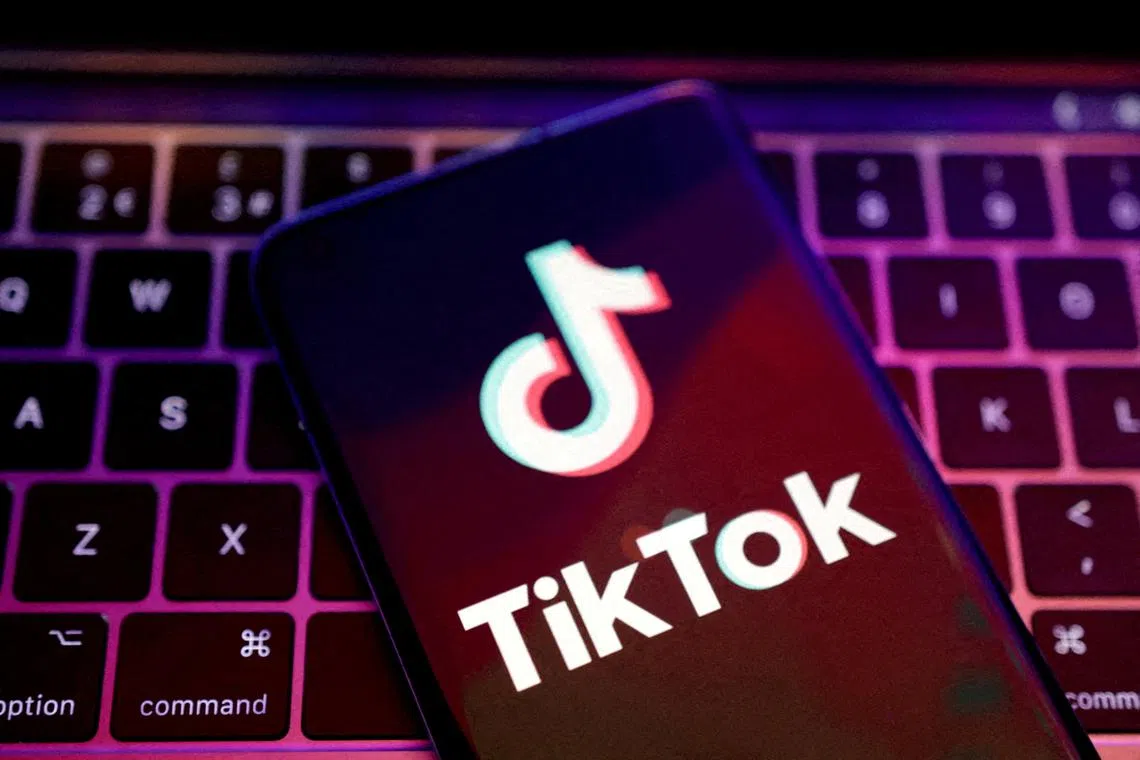TikTok sees K-culture spending doubling to $192 billion by 2030
Sign up now: Get ST's newsletters delivered to your inbox

The soaring popularity of so-called K-content has been amplified by social platforms.
PHOTO: REUTERS
Follow topic:
Global spending on Korean cultural products is forecast to nearly double to US$143 billion (S$192 billion) by 2030, according to new research released by TikTok and analytics company Kantar.
The soaring popularity of so-called K-content has been amplified by social platforms, where users have voiced their appreciation of Korean drama, pop music, cuisine and cosmetics. TikTok, which initially rocketed in popularity with short clips of young people dancing to popular songs, has become a gathering place for K-pop fans online. In recent times, that has expanded to include more of Korean culture and traditions.
The current market size of Hallyu – meaning Korean Wave, a catch-all term encompassing the country’s cultural exports – is estimated to be US$76 billion, and viral content around K-culture should drive it up by capturing bigger audiences in key markets like the US and South-east Asia, the report said. Overall spending could reach as high as US$198 billion by decade’s end, if all the potential consumers who are intrigued start buying Korean consumer goods, services and entertainment.
Compared with Japan, north Asia’s original heavyweight cultural exporter, South Korea’s output is still relatively small – but social media is helping to narrow the gap.
Content on ByteDance’s TikTok is increasingly branching out to address topics like Korean food and K-drama. It has driven engagement, memes and real-world sales of products. In one case, sales of buldak noodles skyrocketed after rapper Cardi B reviewed them on video and amassed nearly 40 million views. That sent shares of the Korean noodle maker Samyang Foods to a record high in 2024.
South Korea is best known for its exports of physical goods – from semiconductors to cars and appliances – and those still dominate in economic terms. Hallyu’s growing reach is having ripple effects and promises to augment the less quantifiable soft power of the country and its brands. It has already nurtured a new generation of multi-millionaires from creative arenas like K-pop and webtoons.
In South Korea, TikTok’s audience is dwarfed by those of YouTube and Instagram. For all the app’s influence in spreading awareness about K-culture internationally, local users are gravitating to other platforms. But in the US and South-east Asia, the research found that about 80 per cent of users have found Korean culture through TikTok.
“If you look at the success stories of global trends in K-content, they are often triggered by secondary content from South-east Asian creators,” said Mr Hyunho Son, general manager of global business solutions at TikTok Korea. “It shows that the South-east Asian market is acting as a gateway and hub for global viral trends in K-content.”
The craving for Korean culture comes at a time when TikTok is expanding its e-commerce business through TikTok Shop in the US and across South-east Asia. Korean products are among the most promising segments for the social platform, as more than half of TikTok users have bought Korean food or cosmetic items directly on TikTok Shop, according to the company.
Current global spending on Korean music – including concert tickets and content – is estimated to grow to about US$11.6 billion in 2024, while spending on Korean beauty products and food is also expected to grow to more than US$20 billion each, according to the report.
Momentum is likely to continue in 2025, with seven of every 10 TikTok users in the US and South-east Asia indicating their spending on K-food and K-beauty will increase in 2025, the report said. BLOOMBERG

